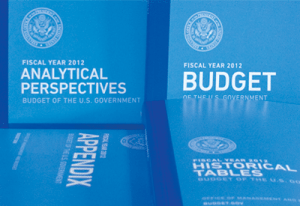 Washington’s Fiscal Policy This Year Takes Aim At the EPA By Slashing a Great Deal of Support
Washington’s Fiscal Policy This Year Takes Aim At the EPA By Slashing a Great Deal of Support
By Derin Richardson, LuxEco Living Editorial Assistant
Co-opting a policy merely hours before a mass government shutdown, both House and Senate Democrats and Republicans agreed on a bill that harboured massive cuts to certain programs, including a $1.6 billion reduction for the Environmental Protection Agency–Republicans sought to cut twice that amount initially.
This type of funding reduction affects auxiliary programs too, like the National Association of Clean Air Agencies and National Oceanic and Atmospheric Administration, that represent local areas.
If you think international investments in climate and nature reserves aren’t affected as well, think again. This year, Washington plans to spend nearly half of the proposed $95 million in contribution to the forest investment program with World Bank.
It’s almost humourous that Representative John Boehner (R-Ohio) said the new fiscal policy “stops the bleeding,” when in fact, it has more incisive cuts than someone who’s had a triple by-pass surgery. Adding insult to injury is his notion that there weren’t enough spending reductions made, even though billions were cut from the most important and vigilant efforts to keep our planet from becoming a dystopic wasteland by our own ignorant, human hands.
Granted, the new budget has an infinitesimal impact on the national deficit, but cutting into crucial benefit programs such as community and children’s health care is not the way to go, much less target the EPA from doing their job in actually protecting our environment so we’ll at least have some sort of rock to live on for the next generation.
Bear in mind that this budget, however unsavory it may be, is the result of an epic contest of partisan will; Republicans wanted (much) more intrusive reductions and Democrats wanted (much) less of them. So it is important to look at this as a catalyst for future fiscal policy proportions and not as a panacea for our current, cancerous debt.
The ramifications of these cuts will become more apparent after a month or two of implementation, so we’ll just have to wait and see the full extent of this year’s action plan.
Learn more about how this affects your life with the Congressional Budget Office’s analysis of the new fiscal policy.












